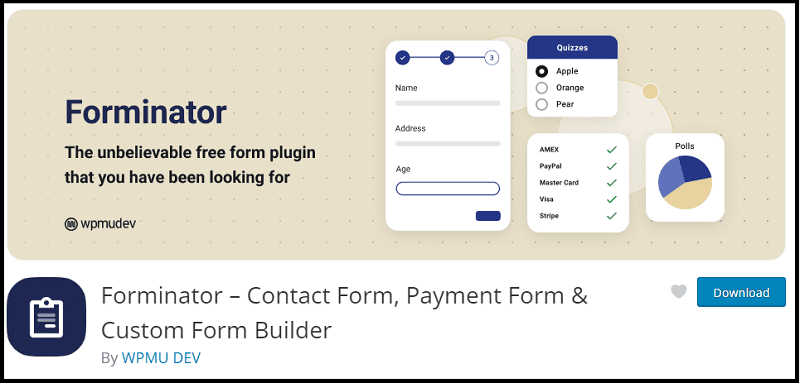In recent years, the healthcare industry has undergone a significant transformation, propelled by technological advancements and digital innovations. As medical practices seek to improve their efficiency and broaden access to care, they are increasingly turning to solutions that promise to alleviate administrative burdens while ensuring patient-centric outcomes. The remote medical scribe has emerged as a pivotal tool in this landscape, not only augmenting the capabilities of healthcare providers but also playing a critical role in addressing healthcare disparities. In this article, we will explore the concept of virtual medical scribe solution and its potential in addressing healthcare disparities.
Table of Contents
Understanding Virtual Medical Scribe Solution

A virtual medical scribe is a trained professional who assists physicians in administrative tasks such as documentation, data entry, and patient charting. Unlike traditional medical scribes who work alongside physicians on-site, virtual medical scribes collaborate with providers remotely through electronic health records (EHR) systems or audio/video conferencing tools. They capture detailed clinical notes during patient encounters, ensuring accurate and timely documentation while reducing the burden on the provider.
With advancements in voice recognition technology, virtual medical scribes can also transcribe physician-patient interactions in real-time, enabling healthcare providers to focus on patient care. This innovative solution integrates seamlessly into existing workflows, providing a cost-effective alternative to hiring an in-house medical scribe.
The Impact of Virtual Medical Scribe Solution on Healthcare Disparities
The healthcare industry has long been plagued by disparities, with certain populations facing barriers to accessing quality care. These disparities are driven by various factors such as socioeconomic status, geographic location, cultural differences, and language barriers. While efforts have been made to bridge these gaps, the widespread adoption of virtual medical scribe solutions could prove to be a game-changer.
Improved Access to Care
One significant advantage of virtual medical scribes is that they can support healthcare providers in remote or underserved areas where access to care is limited. With virtual scribes, providers can expand their reach and provide quality care to patients who may not have had access otherwise. This is particularly beneficial for rural communities that may not have enough resources to support a local medical practice.
Moreover, virtual scribes can also assist in telemedicine visits, allowing patients to receive medical care from the comfort of their homes. This reduces the need for travel and eliminates potential barriers such as transportation costs and time constraints.
Eliminating Language Barriers
Language barriers are a major issue faced by healthcare providers when treating patients from diverse backgrounds. Miscommunication due to language differences can lead to errors in diagnosis and treatment, further exacerbating healthcare disparities. Virtual medical scribes who are proficient in various languages can bridge this gap and ensure accurate communication between patients and providers.
Virtual scribes can also provide real-time translation services during telemedicine visits, making it easier for non-English speaking patients to access care remotely. This improves the overall patient experience and helps eliminate language as a barrier to receiving quality healthcare.
Cultural Competency
Cultural competency is crucial in providing equitable care to all patients. Virtual medical scribes, trained in cultural sensitivity and diversity, can assist providers in understanding and addressing cultural differences that may impact patient care. With their support, healthcare providers can build trust with patients from diverse backgrounds and deliver culturally competent care that meets the needs of individual patients.
Challenges and Future Outlook
While virtual medical scribe solutions have immense potential in addressing healthcare disparities, there are some challenges to consider. One primary concern is patient privacy and confidentiality, as virtual scribes work remotely and handle sensitive health information. Providers must ensure that proper security measures are in place to protect patient data.
Another challenge is the need for adequate training and supervision of virtual scribes. As they work remotely, it is essential to establish clear communication channels between providers and virtual scribes to ensure quality documentation and accurate patient care.
Looking ahead, the future of virtual medical scribe solutions looks promising. With continued advancements in technology, we can expect even more sophisticated virtual scribe solutions that can address various healthcare disparities and improve patient outcomes.
The Role of Healthcare Disparities
Healthcare disparities remain a pressing concern globally, often characterized by differences in access, quality, and outcomes of healthcare services among various population groups. These disparities are influenced by multiple factors, including socioeconomic status, geographic location, race, and ethnicity. Individuals from underserved communities frequently encounter barriers that limit their access to essential medical services, resulting in poorer health outcomes compared to more privileged groups.
The introduction of a virtual medical scribe solution has the potential to mitigate some of these disparities by facilitating more equitable access to healthcare. By reducing the administrative workload of healthcare providers, this technology allows them to focus their attention on delivering high-quality care, particularly to patients in marginalized communities.
Enhancing Access to Quality Care
The virtual medical scribe solution provides a versatile approach to breaking down geographic and socioeconomic barriers that contribute to healthcare disparities. By digitizing and automating portions of the documentation process, it enables healthcare practitioners to extend their services to remote areas and under-resourced populations. This approach not only improves the reach of healthcare but also ensures that patients receive timely and accurate care, irrespective of their location.
Moreover, with the use of virtual medical scribes as part of broader clinical workforce tools, healthcare providers can optimize their practice operations. This results in shorter wait times for patients, more flexible scheduling options, and ultimately, improved patient satisfaction. Such enhancements are crucial in rural and underserved regions where medical resources are often stretched thin.
Improving Health Outcomes Through Efficient Documentation
High-quality healthcare documentation is vital to ensuring optimal patient care and positive health outcomes. However, physicians often find themselves burdened with extensive paperwork, detracting from their ability to engage meaningfully with patients. The virtual medical scribe solution addresses this issue by streamlining the documentation process. These scribes work alongside healthcare providers in real-time, accurately capturing patient interactions and clinical data, allowing physicians to dedicate more time to clinical decision-making and patient interaction.
With improved documentation accuracy and efficiency, healthcare providers can generate more detailed patient records that facilitate better care coordination. This is particularly beneficial for managing chronic diseases, where comprehensive and up-to-date patient information is critical to devising effective treatment plans.
Fostering a More Inclusive Healthcare Environment
In addition to improving access and efficiency, the virtual medical scribe solution contributes to creating a more inclusive healthcare environment. By alleviating the documentation burden, healthcare providers can offer more personalized care, focusing on understanding and addressing the unique needs of diverse patient populations. This individualized approach is essential in reducing biases and ensuring that all patients receive equitable treatment, which is fundamental in addressing healthcare disparities.
The virtual medical scribe solution also offers the advantage of linguistic diversity, with many platforms supporting multilingual capabilities. This feature is particularly important in multicultural societies, enabling non-English speaking patients to communicate effectively with their healthcare providers and receive care that respects their cultural and linguistic preferences.
Conclusion
The integration of virtual medical scribe solutions into healthcare practices represents a noteworthy advancement toward diminishing healthcare disparities. By improving access to quality care, enhancing documentation efficiency, and fostering inclusivity, these solutions empower healthcare providers to deliver better outcomes while ensuring that all individuals, regardless of their background, have the opportunity to achieve optimal health. As technology continues to evolve, the potential for virtual medical scribes to further address healthcare disparities and contribute to a more equitable healthcare system is immense. Embracing solutions like Portiva will be crucial in this journey, enabling providers to focus on delivering high-quality care to every patient.
























